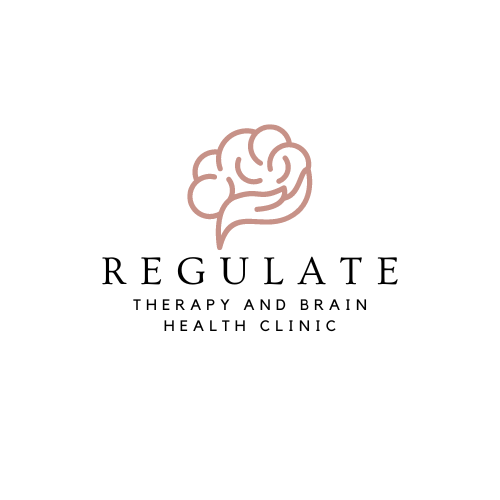Firing and Wiring
As a little girl on the farm, I learned that when my dog was “in heat” we had to chase away the neighbor dog and keep her locked up at night. I figured some kind of miracle took place when her puppies didn’t look like her but that was the extent of my appreciation for science growing up. I was friendly and I liked writing and helping so I pursued social work as a career. I only needed one biology course in college to graduate. I also thought that was a miracle.
My interest in [neuro]science became real after discovering that science could explain a lot of things about trauma…..and parenting…and habits…and sadness…and addiction and….
“When neurons fire together, they wire together.” Psychologist Donald Hebb discovered this in the early 1950’s
Okay so what the heck are neurons?
[Teacher hat on].
Neurons are communicators or messengers in the brain. Scientists say that when we’re born we have about 100 billion neurons and we prune back unused ones and keep around 80 billion through adulthood. That’s a lot.
Neurons create pathways in the brain as a person makes associations between thoughts, feelings, behaviors, habits, meaning, and beliefs. These pathways create a template for our lives. More repetitions means a stronger pathway. And when we don’t use pathways anymore, they fade away, find a new home, or make new associations. This “re-wiring” is typically known as neuroplasticity. Our brains have the potential to change in healthy and unhealthy ways.
A few years ago we were in the car (all interesting conversations seem to happen in the car) and my three year old daughter looked out the window and said,
“Mom, this was the movie that was on when I puked last year.”
I know kids have impressive memories and Rihanna has a pretty memorable voice in her song, “Dancing in the Dark,” but it was clear that this particular memory that consisted of her body convulsing with yesterday’s food while watching “Home,” caused this memory to be securely stored.
It was a pathway. And because this pathway was tied to strong feelings (pain, sadness, discomfort), it stored even easier.
Trauma changes our brain. Our brain establishes pathways and does the best it can to adapt to situations that dysregulate us. And although the pathways are helpful for surviving the moment, it might not be helpful in the long run. This might look like….
Shutting down when we feel powerless or controlled because that’s how our abuser made us feel.
Becoming an obsessive overachiever and perfecter because that’s how we survived our tumultuous home life.
Using drugs, alcohol, food, or sex that reward us with dopamine (feel good hormone) because our brains are deficient from years of mistreatment or a memory that we don’t want to think about.
Rejecting otherwise healthy people, situations, or relationships that consciously or unconsciously remind us of the trauma we encountered.
Acting out in fear (think kids) because they associate your loud voice with the voice attached to the person that hurt them.
The beauty is that the brain can learn new adaptive pathways. This might look like…
Learning to express ourselves when feeling overwhelmed and confidently claiming that our abuser can’t hurt us anymore.
Feeling joy in setting boundaries and learning we are worthy and valuable without achieving anything at all.
Becoming aware that we are self medicating and practice new pathways to get joy and dopamine through healthy relationships, exercise, healthy food, and activities that develop our gifts.
Learning to be vulnerable so we can experience joy and intimacy in meaningful ways.
Developing coping skills to calm the body when it involuntarily responds out of fear and asserting ourselves by communicating that the loud voice makes us uncomfortable.
Sometimes we are capable of learning how to make new pathways on our own, sometimes we don’t know how. Learning new skills in any area of our life takes time, practice, and patience.
Therapists are trained to help you see the lies and practice adaptive pathways. They are happy to help both on the ground and online.
What unhealthy pathways can you work to re-wire?
